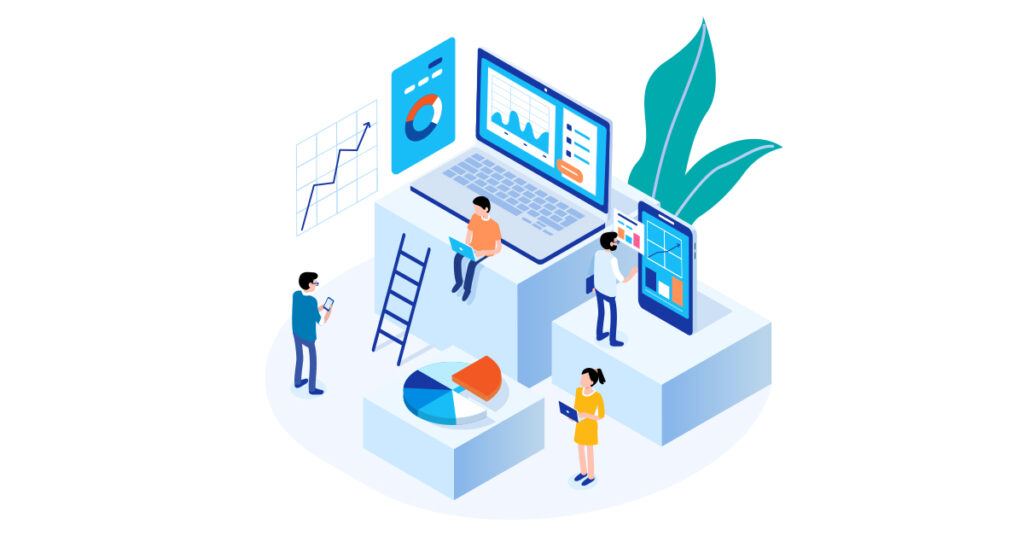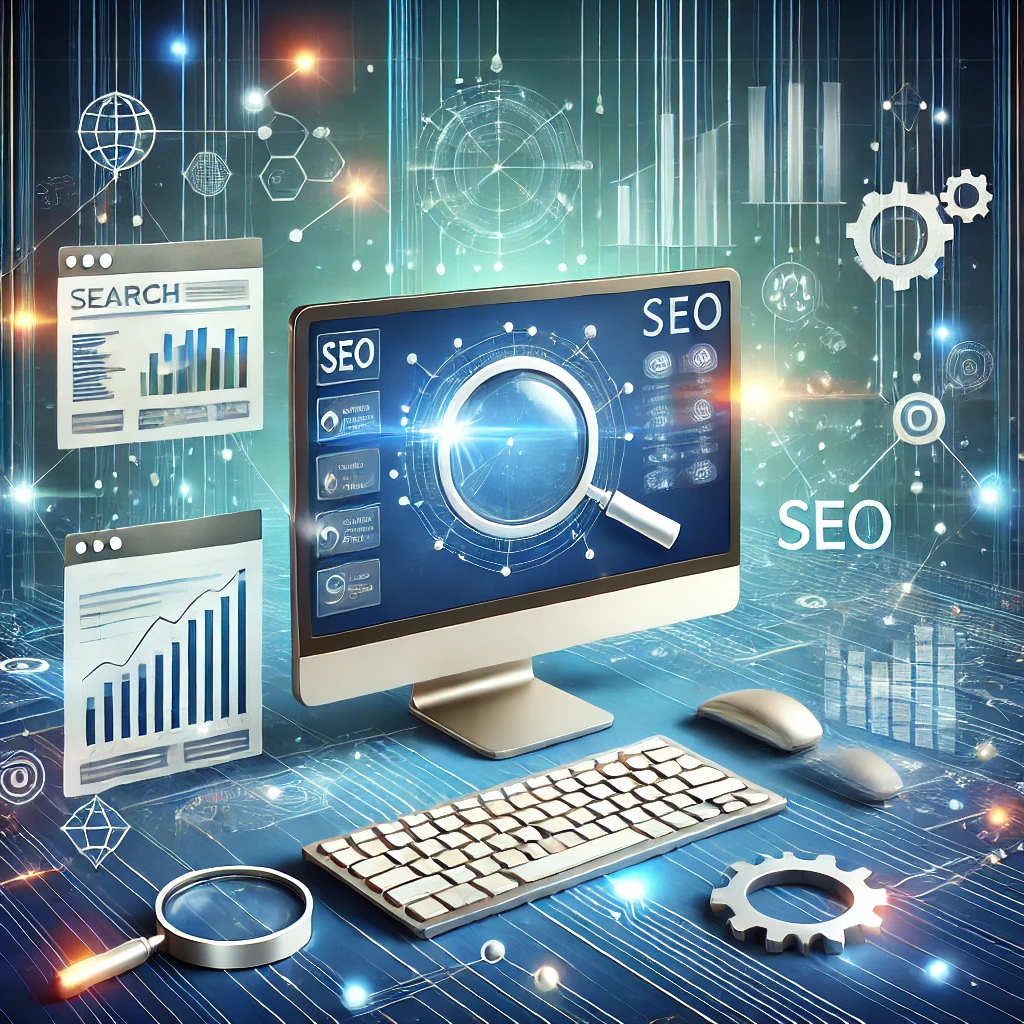Modern consumers are an enigma. A standard buying decision now includes hours of online research, a visit to a physical store, plus a detailed discussion with the customer service executive.
Sometimes, consumers might use a complex combination of these methods, and other times, they might simply rely on a single channel to make the buying decision.
But even though the consumers are now channel-agnostic, the media industry has progressed exceptionally in understanding what is in their mind.
While there are technologies and tools that help you better cater to the current needs of the consumers, predicting the future is still an unaccomplished dream. With the help of predictive analytics, this might very well be possible.
What is Predictive Analytics?
Predictive analytics can be defined as a branch of data analytics that focuses on making future predictions by analyzing historical data. It uses machine learning and analytics techniques such as statistical modeling to make future predictions that are highly reliable and accurate as compared to traditional technologies.
According to a report by Allied Market Research, the predictive analytics market size was valued at $7.32 billion in 2019. By 2027, it is expected to surpass $35 billion, growing at a CAGR of 21.9% from 2020 to 2027.
But what makes predictive analytics such an integral component of modern media planning strategies? Take a look-
1. Utilize Big Data
As a growing media business, you might know how vast and valuable the data collection and analysis opportunities are with technologies like Big Data and the Internet of Things (IoT). But it is with the help of predictive analytics that you can strategically leverage the data for driving consumer insights.
While there are new technologies and tools for collecting behavioral audience data, demographics data, 3rd party intent data, to competitor performance data, all of this data is only useful if you can unlock their hidden meaning. Predictive analytics can make this possible.
2. Effective Audience Targeting
Delivering the right message to the right people at the right time is now a must for every media business. Predictive analytics can use user existing customer data and even 3rd party behavioral data for identifying new customers that you can target.
The level of correlation that this technology draws between the behavioral factors and demographics of potential customers is simply not possible with traditional practices and tools. This is one of the biggest reasons predictive analytics is now leveraged even by Google and Facebook in their Similar Audience feature.
3. Optimize Advertising Budget
The entire process of manually collecting consumer data and then analyzing it is an expensive affair. Predictive advertising helps you reduce and optimize your marketing budget. If you already have an end-goal for the data analysis, predictive technologies enable you to define the parameters on which actions can be taken through automation.
This not only helps eliminate the complexities associated with making sense of your data but can also significantly reduce your marketing budget, enabling you to spend money where it matters.
Achieving Marketing Goals with Predictive Analytics
A large number of media businesses across the world have adopted predictive analytics into their marketing operations and are already witnessing positive outcomes. If you want to grow your media business and are willing to invest the funds and time, there is no reason why you cannot implement and benefit from this next-gen data analytics technology.
Look for a reputed digital marketing company that can help you better understand predictive analytics and assist you in getting started.





